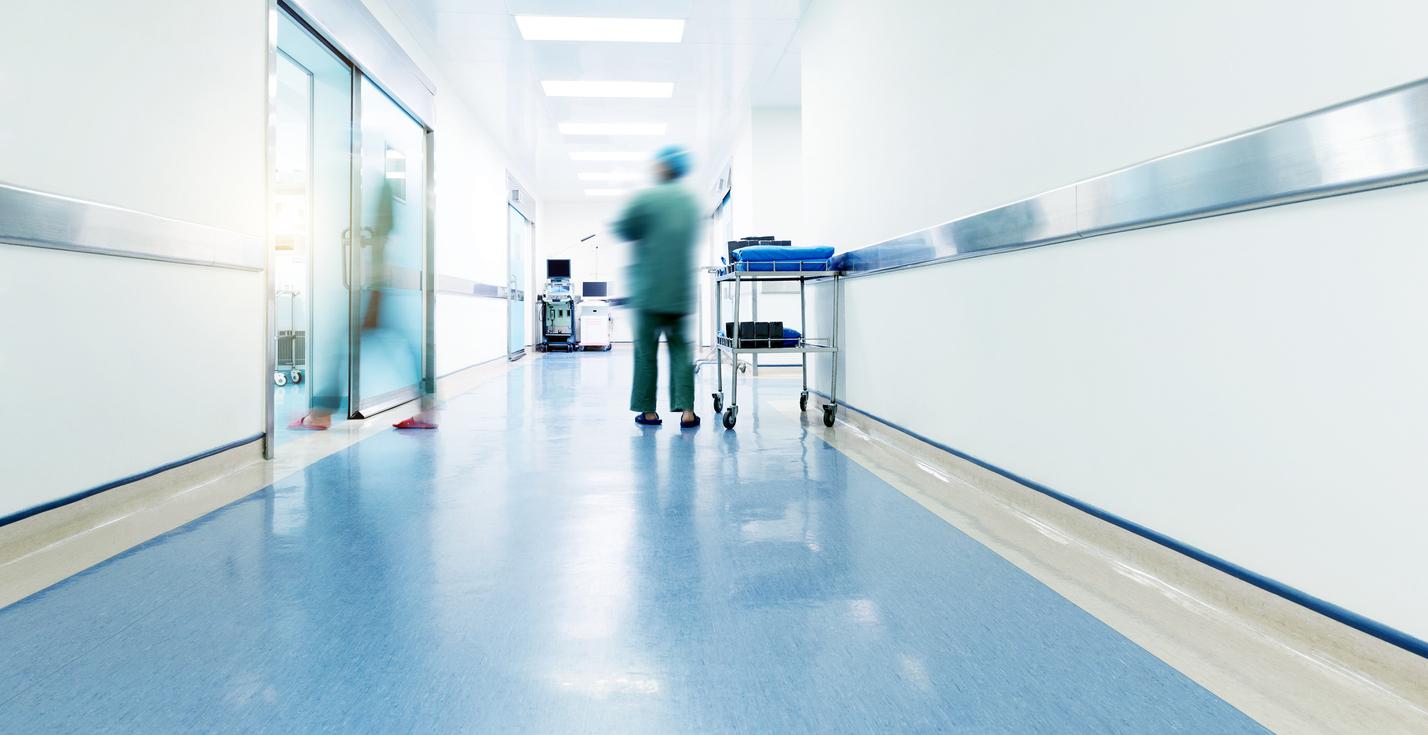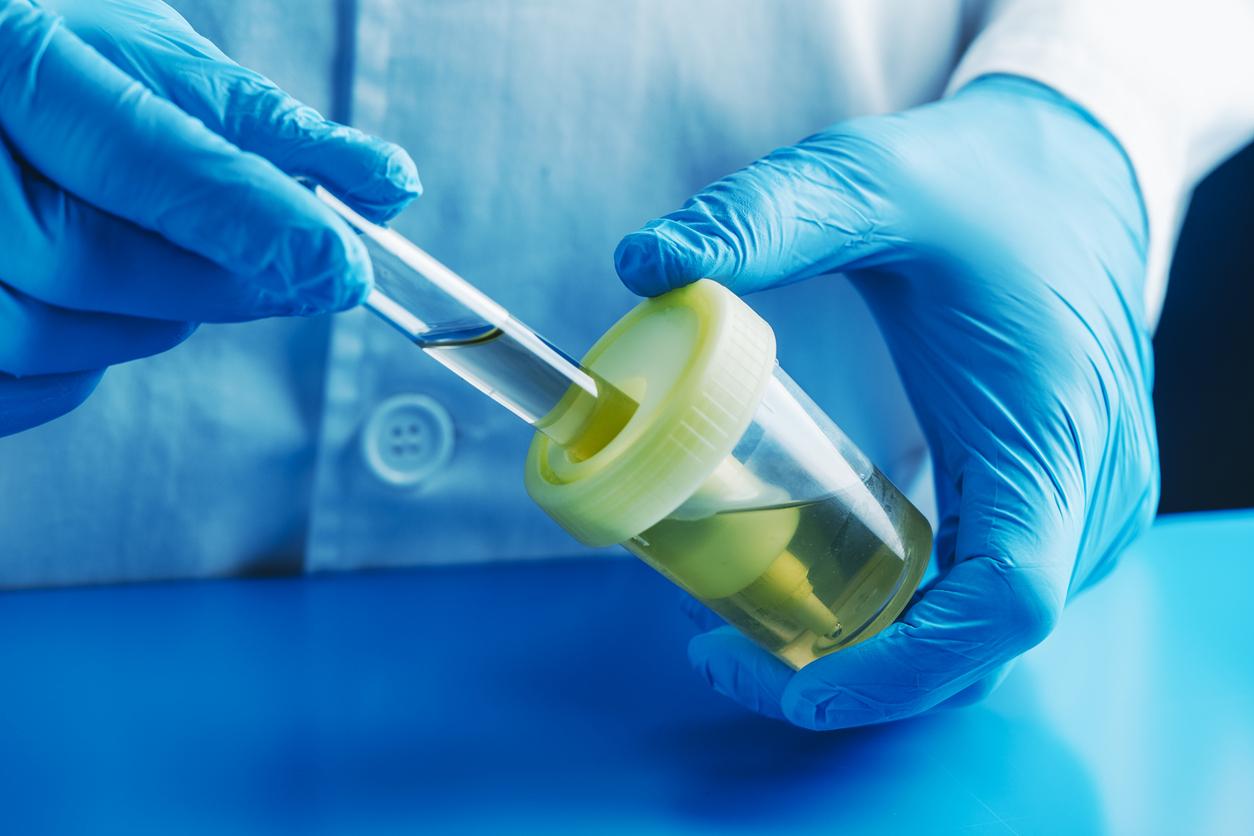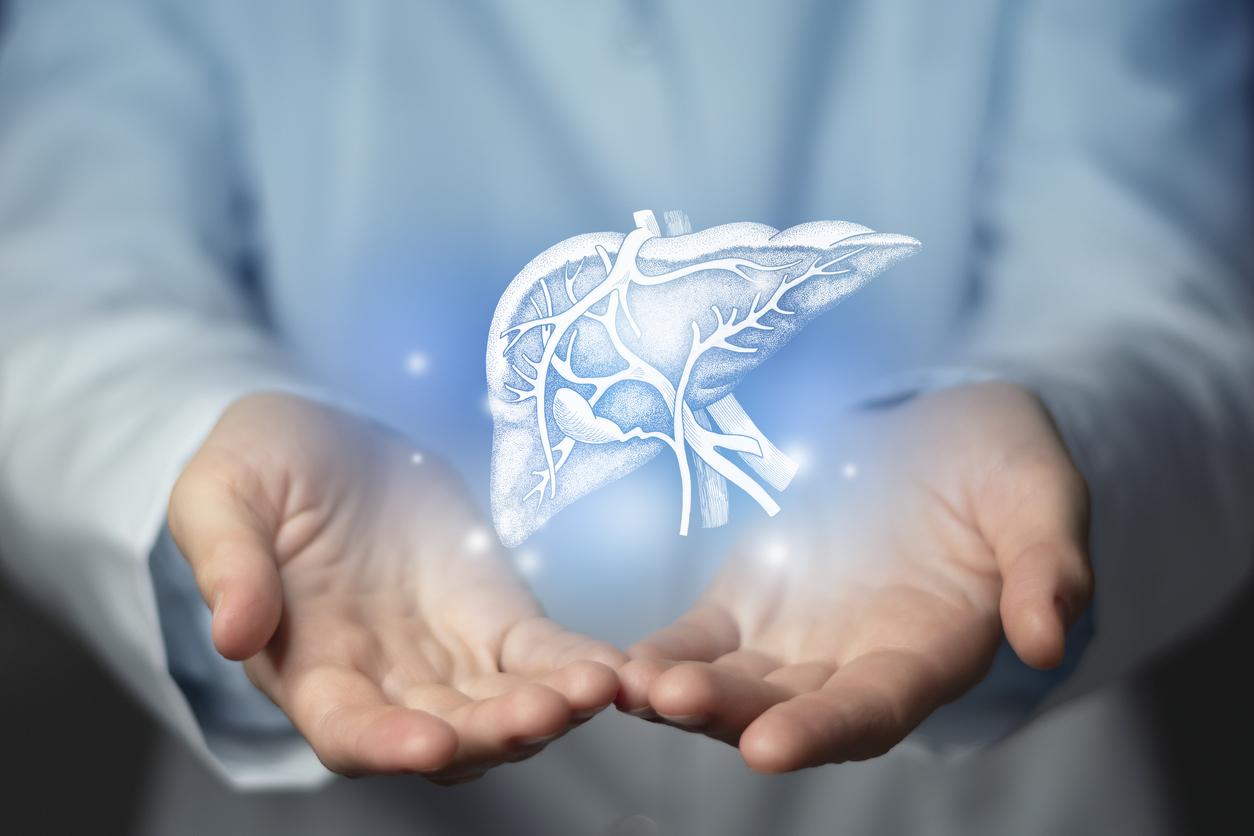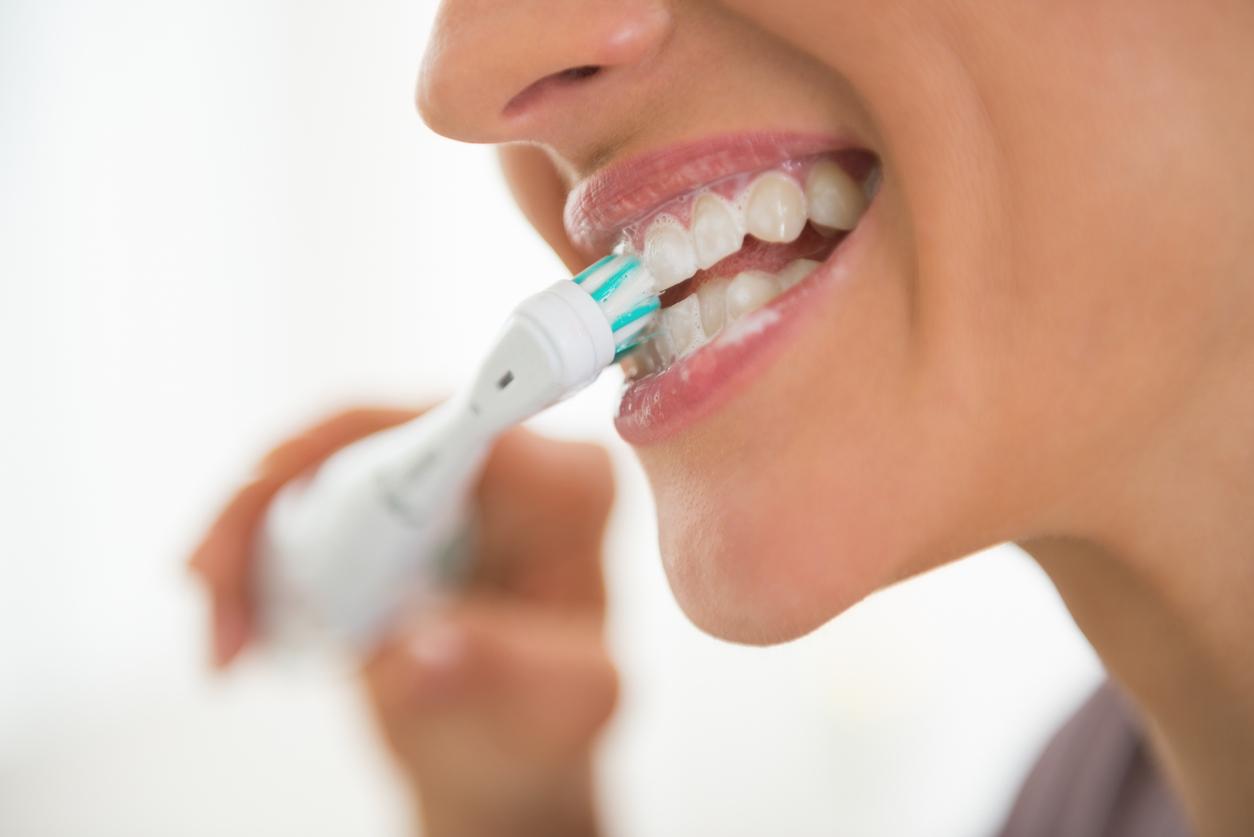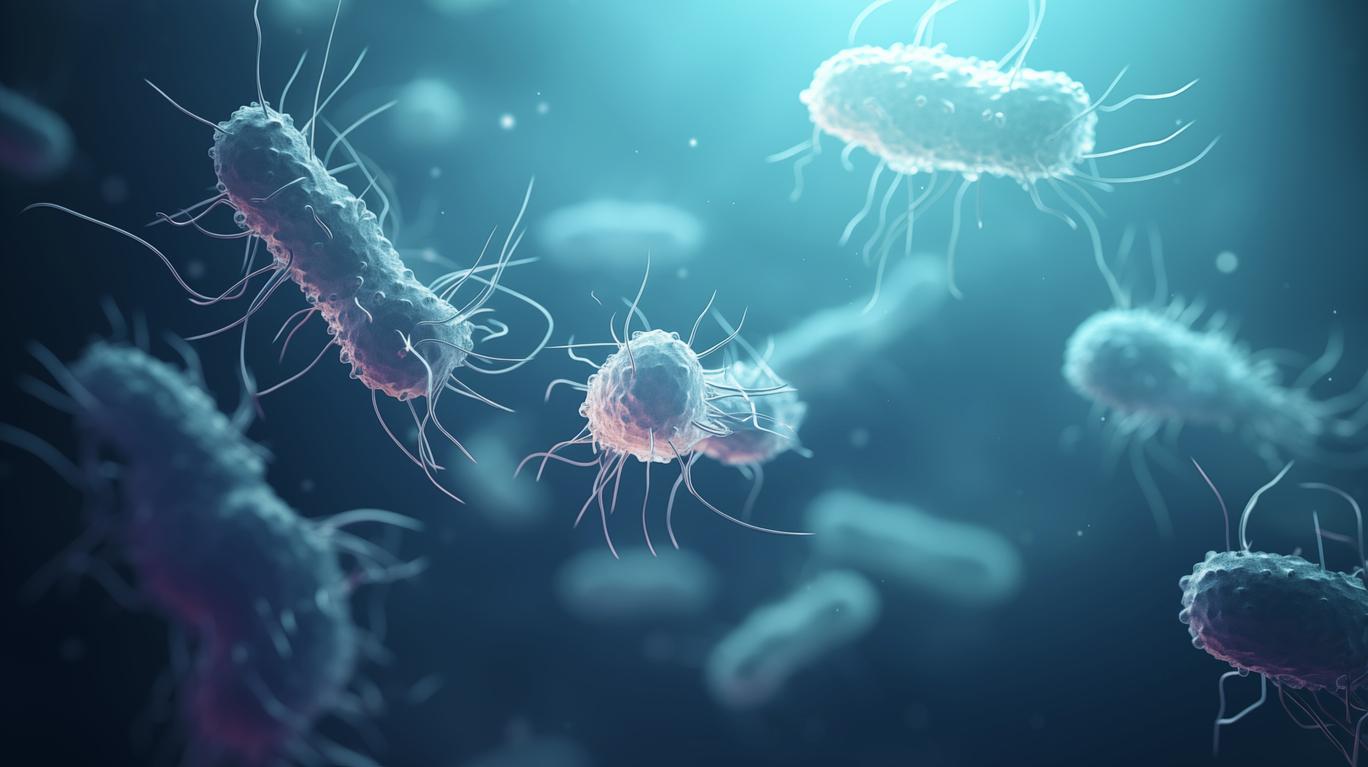A patch equipped with micro-needles could be a promising solution for treating acne: it releases nanoparticles to fight the bacteria responsible for acne.
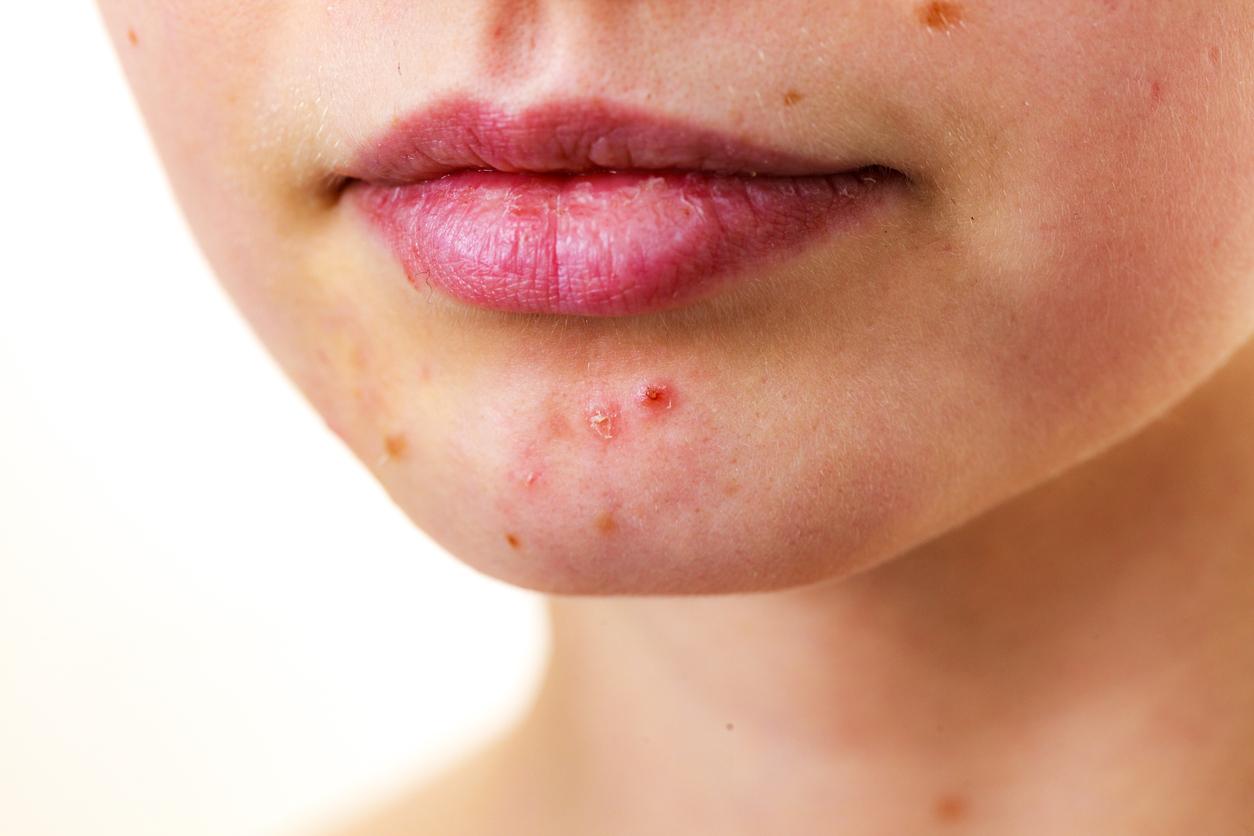
- Acne is usually cured with topical or oral antibiotic treatments, but these are not always effective and can cause side effects.
- Researchers have developed a patch, equipped with micro-needles, which destroys the bacteria responsible for acne.
- It could be used in the treatment of other skin infections.
Acne is a widespread disease. According to High Authority of Health, it affects more than three out of four adolescents and 12% of women and 3% of men aged 25 to 58. To treat it, creams are not always enough, in this case, antibiotic treatments are recommended but they are not always effective and can cause various side effects. In the review Science Advancesresearchers present an alternative technique for treating acne: patches equipped with micro-needles.
Acne: a necessary limitation of the use of antibiotics
The use of patch with micro-needles against acne is not new in itself: there are already some but they work with antibiotics. “However, repeated applications of antibiotics can reduce the bacteria’s susceptibility to drugs, note the authors. Patients who have suffered from acne for a long time will know that the effects of the same treatment products can be significantly reduced after long-term use..”
How does this anti-acne patch work?
This team from the Faculty of Medicine at the University of Hong Kong explains in a press release that its patch is “designed with antibacterial metal-organic (MOF) nanoparticles made with zinc“. According to them, it can be applied without pain, can “treat bacterial infection on skin tissue” And “facilitate skin repair”. The micro-needles are approximately 50 microns in diameter, which corresponds to that of a human hair. “Nanoparticles are capable of producing a substantial amount of reactive oxygen species (ROS), which when subjected to ultrasound stimulation can effectively oxidize cellular macromolecules of bacteria“, say the authors.
These targeted bacteria are those that proliferate in case of acne. “The main cause can be attributed to excessive lipid secretion which clogs the hair follicles thereby creating a hypoxic microenvironment in the skin tissues, develop the authors. This undesirable condition particularly promotes the proliferation of Propionibacterium acnes (P. acnes) bacteria.“These are responsible for the appearance of infected pimples.

An effective technique against acne, and promising to treat other skin infections
When the researchers tested their patch, they found that it was very effective: it was able to destroy 99.73% of bacteria P.acnes after 15 minutes of ultrasound stimulation. “In addition, levels of inflammatory markers (…) are significantly reduced, they add. Additionally, the released zinc ions can stimulate genes related to DNA replication, thereby increasing the amount of fibroblasts for better skin repair.” The authors believe that this technique could be used to treat other skin infections caused by fungi, parasites or viruses, such as athlete’s foot, which is linked to a fungus and affects the skin between the toes.







